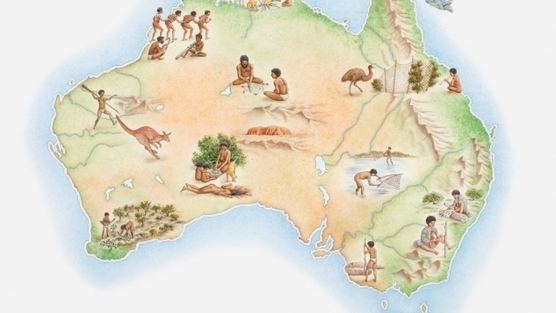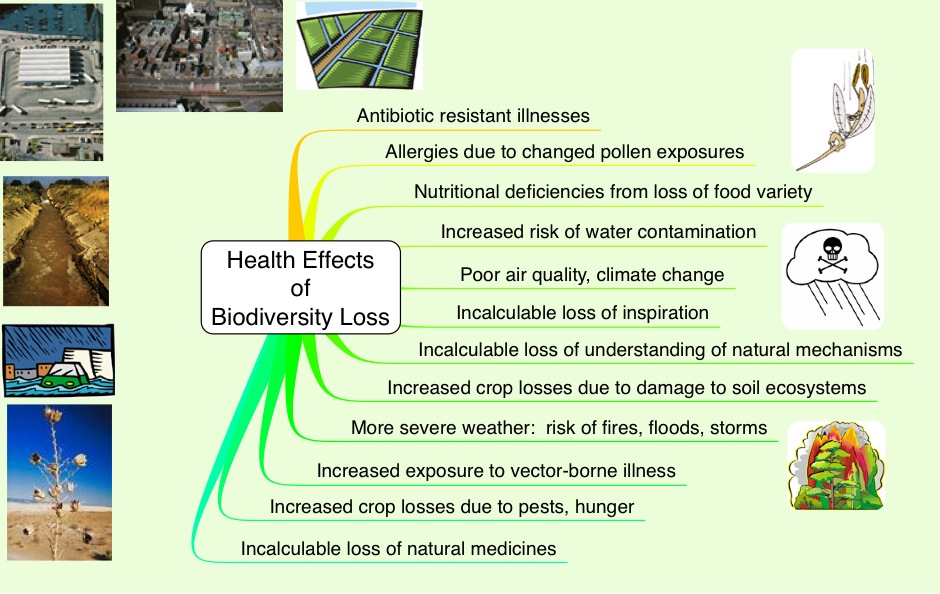Green Revolution started in the 1900 approximately. 1940 -1980
A healthy Biodiversity :
A healthy biodiversity provides a number of natural services for everyone:
- Ecosystem services, such as
- Protection of water resources
- Soils formation and protection
- Nutrient storage and recycling
- Pollution breakdown and absorption
- Contribution to climate stability
- Maintenance of ecosystems
- Recovery from unpredictable events
- Biological resources, such as
- Food
- Medicinal resources and pharmaceutical drugs
- Wood products
- Ornamental plants
- Breeding stocks, population reservoirs
- Future resources
- Diversity in genes, species and ecosystems
- Social benefits, such as
- Research, education and monitoring
- Recreation and tourism
- Cultural values
Impacts on food supply & nutrition – Green revolution:
- Ecological impacts

- Loss of Biodiversity
- Decline in Soil nutrition
- Soil loss
- High does of synthetic chemicals
- improved food security; reduced malnutrition in developing nations.
Population size impacts:
- Changes to food supply food cultivation for increased population and environmental impacts.
- Migration – population expansion beyond the food capacity – causing a dispersion of cultural ways of eating
- Cultivation of crops in new locations
- Food choice and diversity
- Challenges – Food supply, Urbanisation.
- War & conflict
- Innovations – preservation techniques such as canning
- Retort packages – us army
- Food Insecurity
- Loss of land
- loss of knowledge
- loss of skill
- Innovations – preservation techniques such as canning
- Loss of indigenous culture
Ecological changes
Historically local subsistence crisis occurred whenever population size outstripped food supply – causing famine and starvation.
(This blog was initially written for revision purposes. The information is sourced and adapted from my lecture notes in Environmental health, and Nutrition and Dietetics.)

